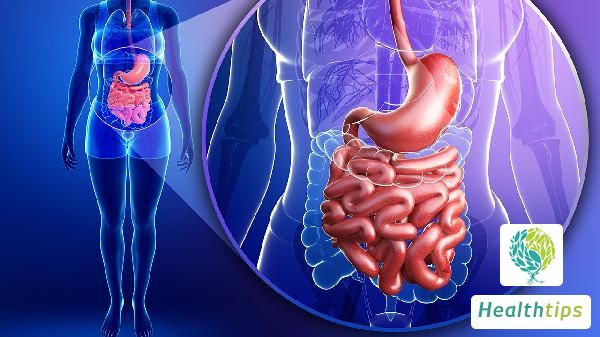Why Does a Child Have Repeated Low-Grade Fevers?
Fever is a relatively common symptom, and there are many reasons for it, often related to some inflammation. For children, if they have repeated low-grade fever, parents must be vigilant and understand the specific reasons in time. Long-term low-grade fever can lead to poor mental state and appetite in children. At this time, it is necessary to go to the hospital for examination in time, which may be related to indigestion or inflammation. Let's take a look at what causes repeated low-grade fever in children? What causes repeated low-grade fever in children? 1. Repeated low-grade fever in babies is closely related to their physical condition. Relatively speaking, the body metabolism of babies is faster, and a temperature fluctuation of about 1℃ is considered normal. 2. Repeated low-grade fever in babies is also related to diet. Some babies may have persistent low-grade fever due to indigestion and deformity. At this time, more attention should be paid to diet adjustment or the use of drugs to help digestion for treatment. 3. Repeated low-grade fever in babies may be due to insufficient treatment duration during the treatment of the disease, which leads to repeated illness or even intermittent low-grade fever. 4. If a baby contracts infectious diseases such as whooping cough or measles, the function of regulating body temperature may not be fully recovered, ultimately leading to persistent low-grade fever. What to do when a baby has repeated fever? 1. Environmental temperature: Try to keep the living environment cool. It is important to open windows for ventilation. If the weather is hot, air conditioning can be used to cool the room. 2. Clothing: Wear less clothes, but not too little. Some parents fear that their children will catch a cold or want to make them sweat, so they dress their children in thick clothes or even cover them with thick quilts. This approach is not conducive to the dissipation of heat from the child's body and may easily cause a rapid rise in body temperature, inducing hyperthermic seizures. Therefore, clothing should be adjusted according to environmental changes. 3. Diet: Fever can cause children to lose a lot of water and feel thirsty, so it is necessary to continuously give them water to replenish the lost fluids. Fruits with high water content, such as watermelon, can also be prepared for children, which are very suitable for their taste. Additionally, nutritious and high-calorie foods such as sugared porridge and egg custard should be provided in small meals and snacks. Children with fever have slow gastrointestinal motility and should avoid greasy food.




















